I work technology for a local church and I remember the Thursday before Colorado went into lockdown. I stood at the front desk with a few of my colleagues as they tried to parse the severity of the situation from the sensationalism of the news (a running theme for the rest of the year, sadly).
I remember saying flatly, "Guys, we're not having services this weekend."
That was almost true.
We ended in-person services, but we moved to online services, a strategic pivot that would have me onsite every weekend until Christmas Eve —43 consecutive Sundays in total.
Though the weekends were busy, the in-between times were beautifully serene.
Once I turned off the news and logged off social media, I rediscovered the world outside my apartment, including (for both better and worse), golden hour and sunsets.
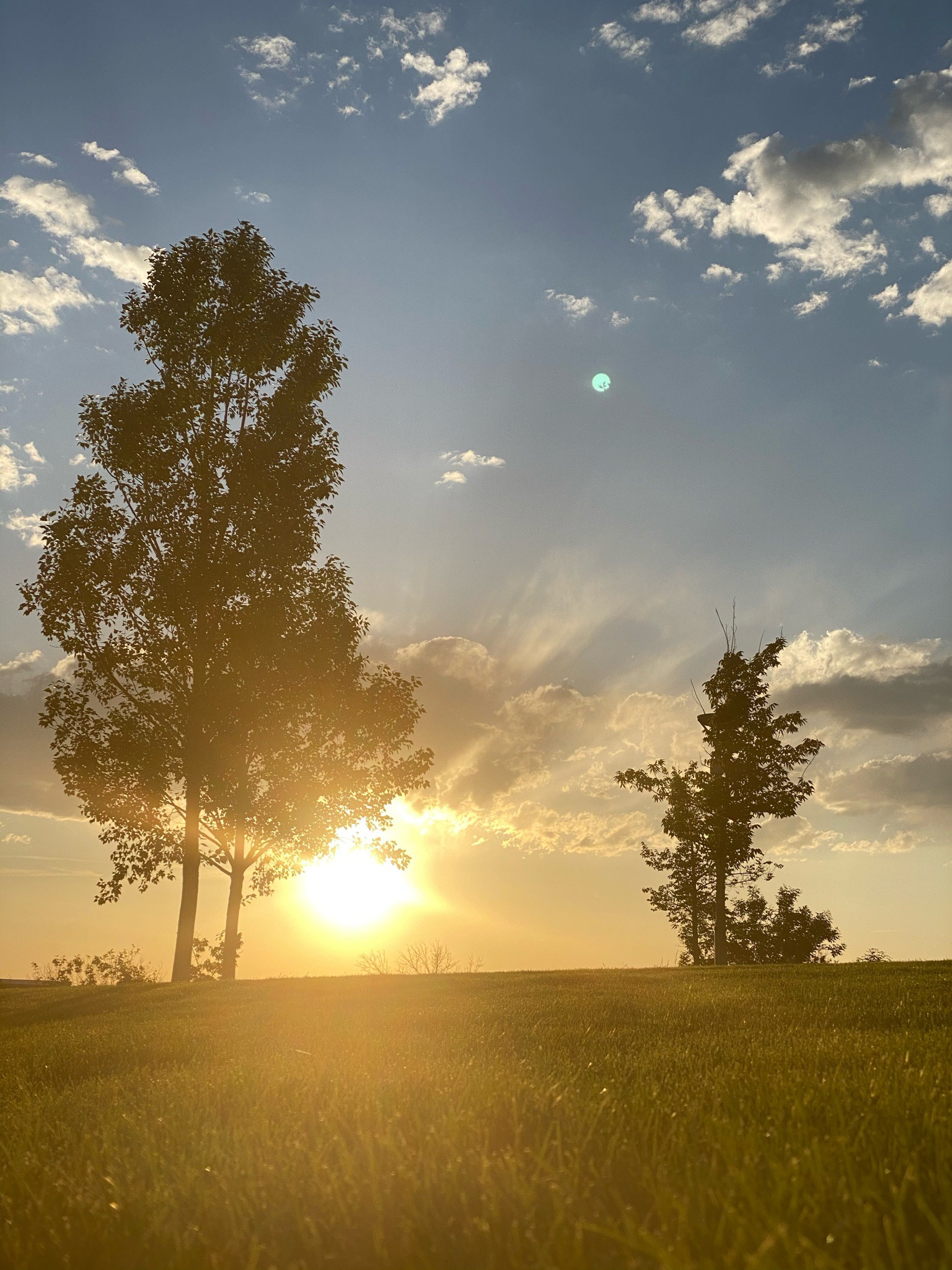
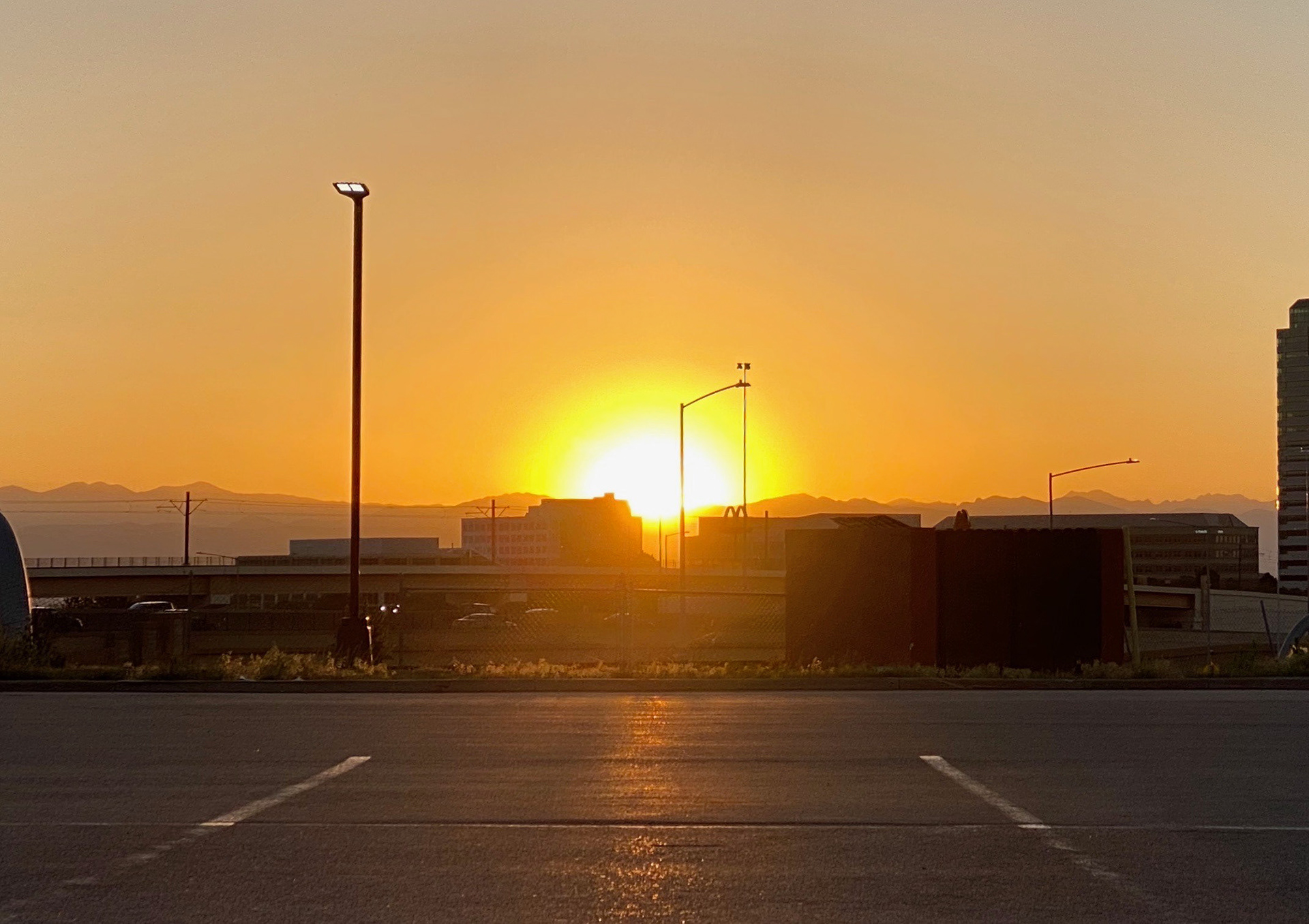
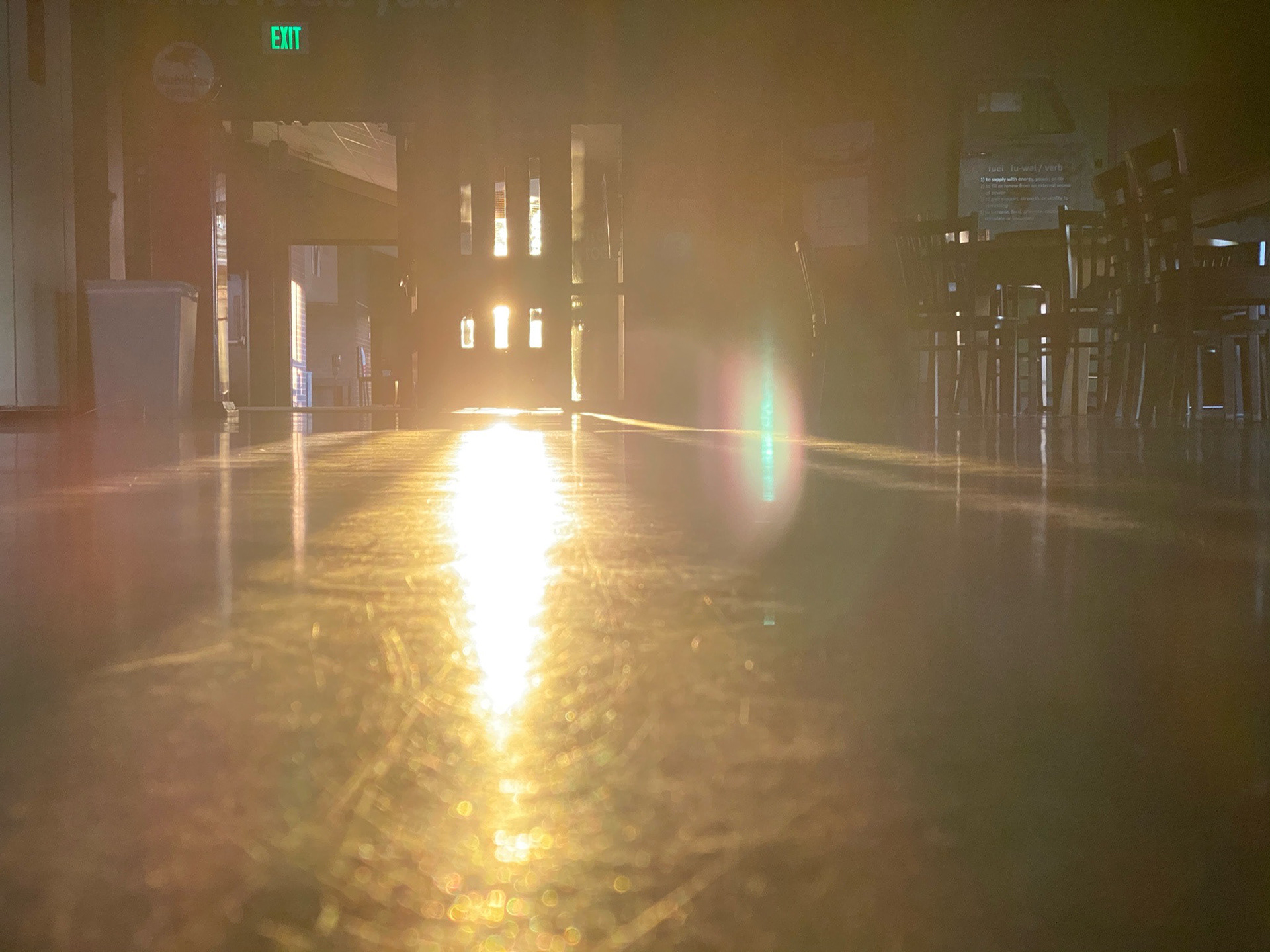
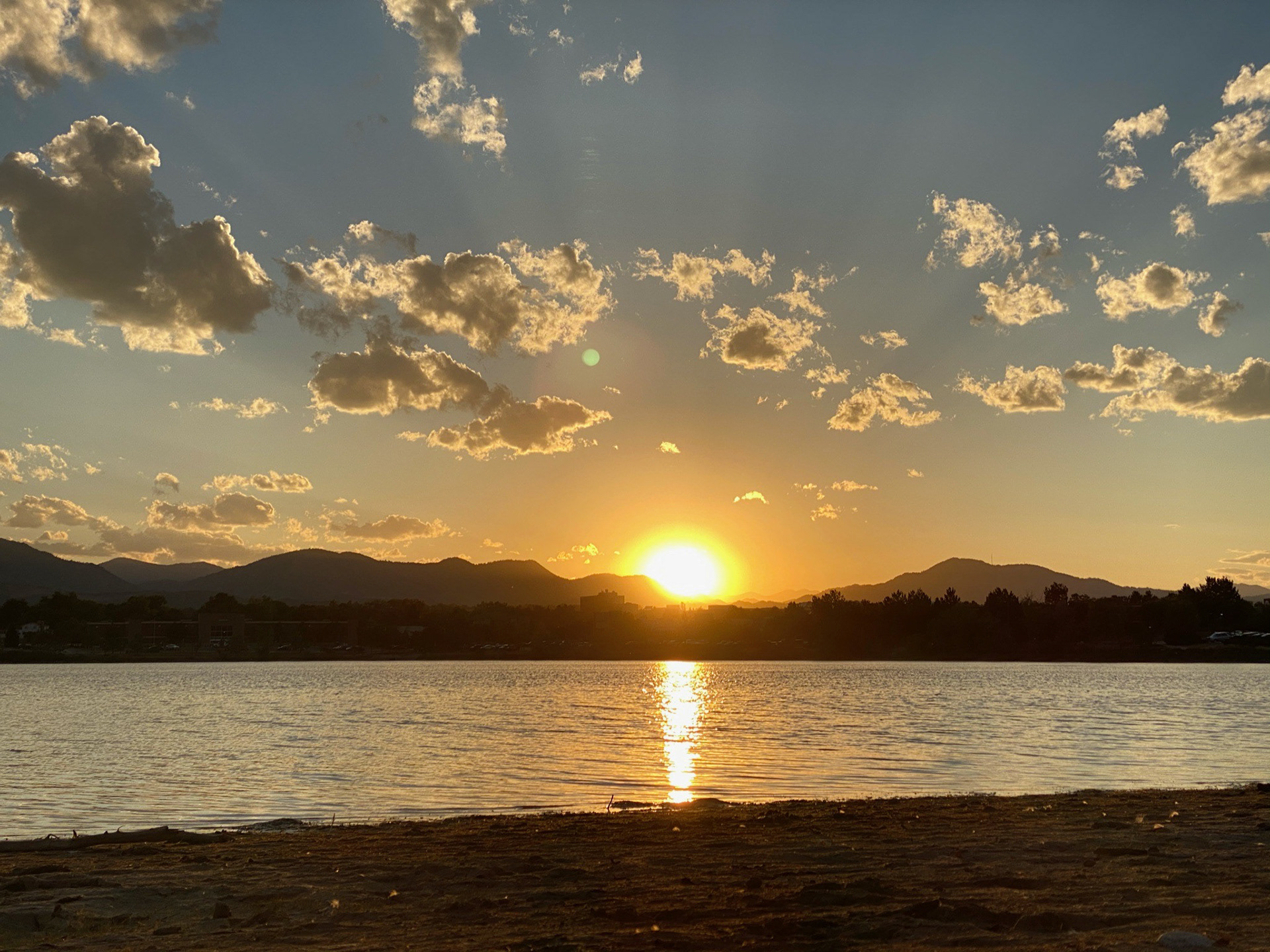
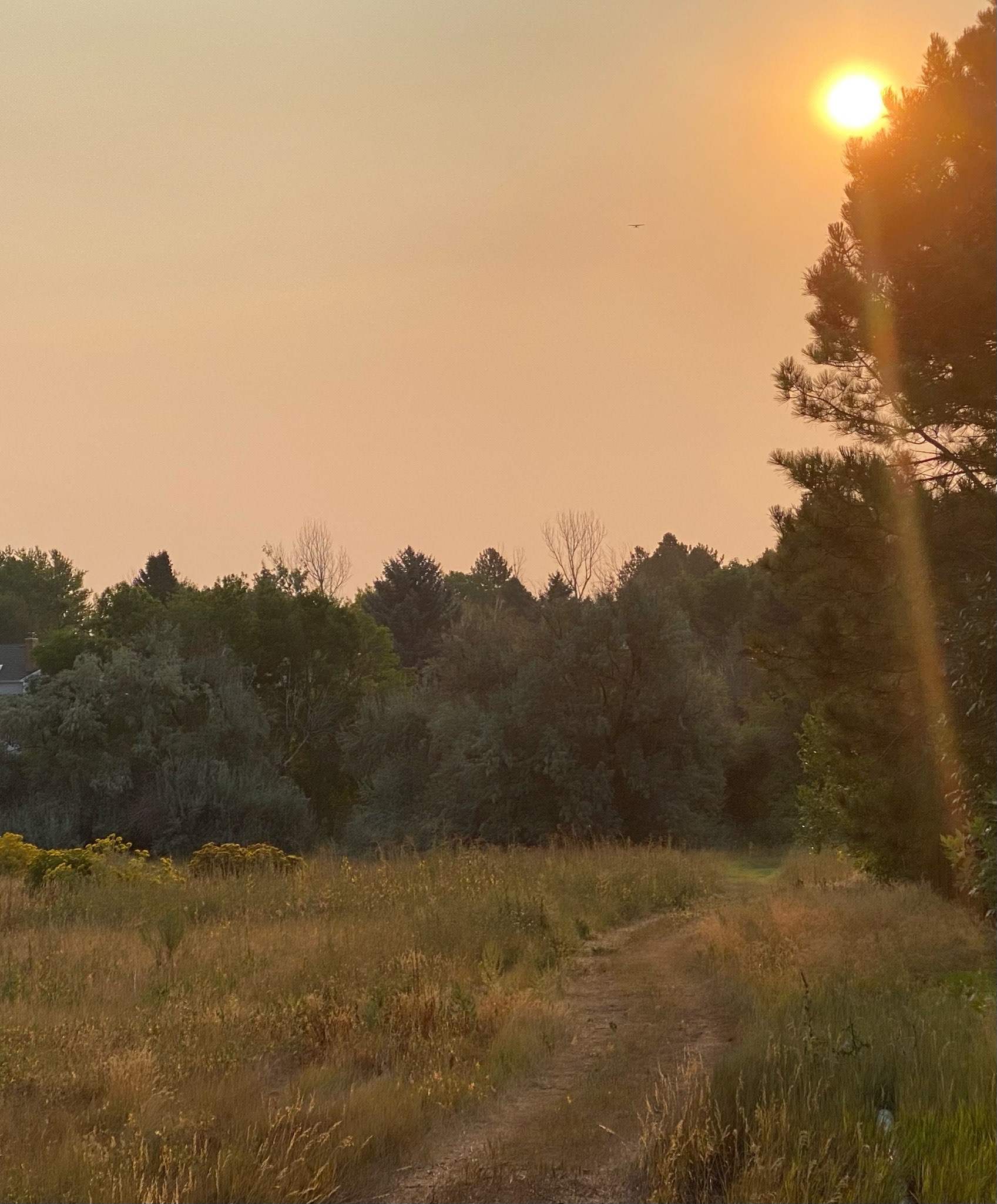
As well as the miraculous Colorado clouds.
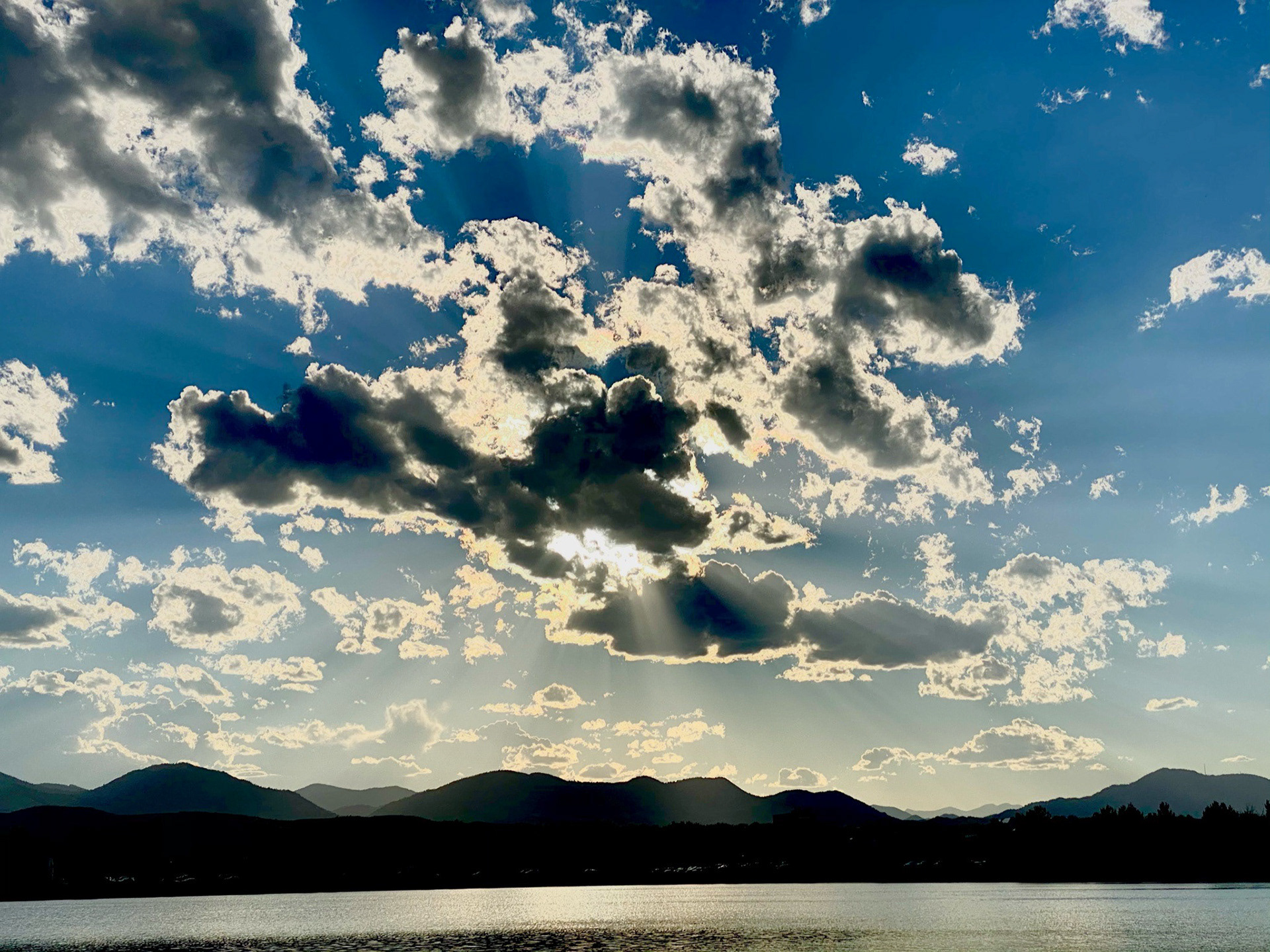
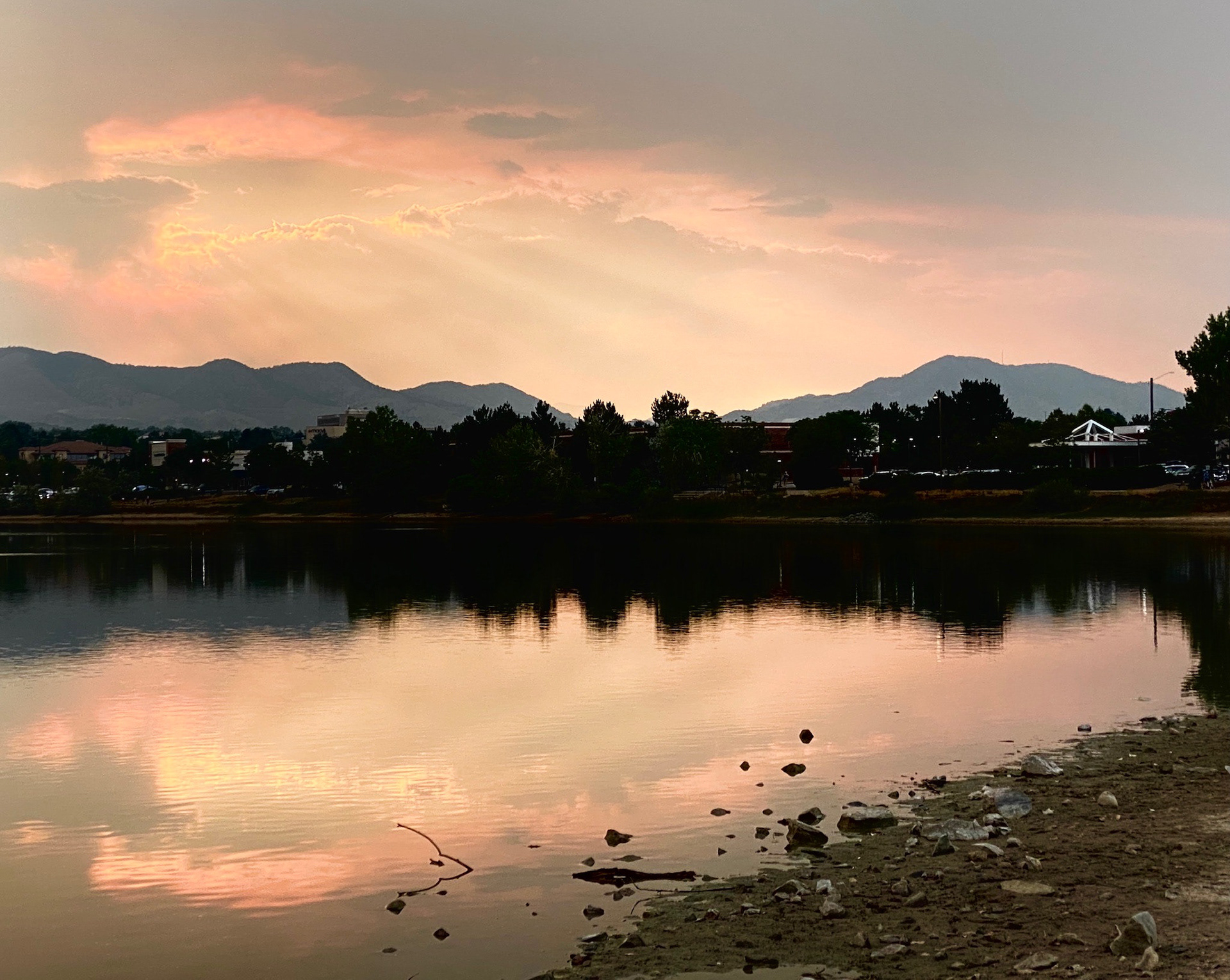
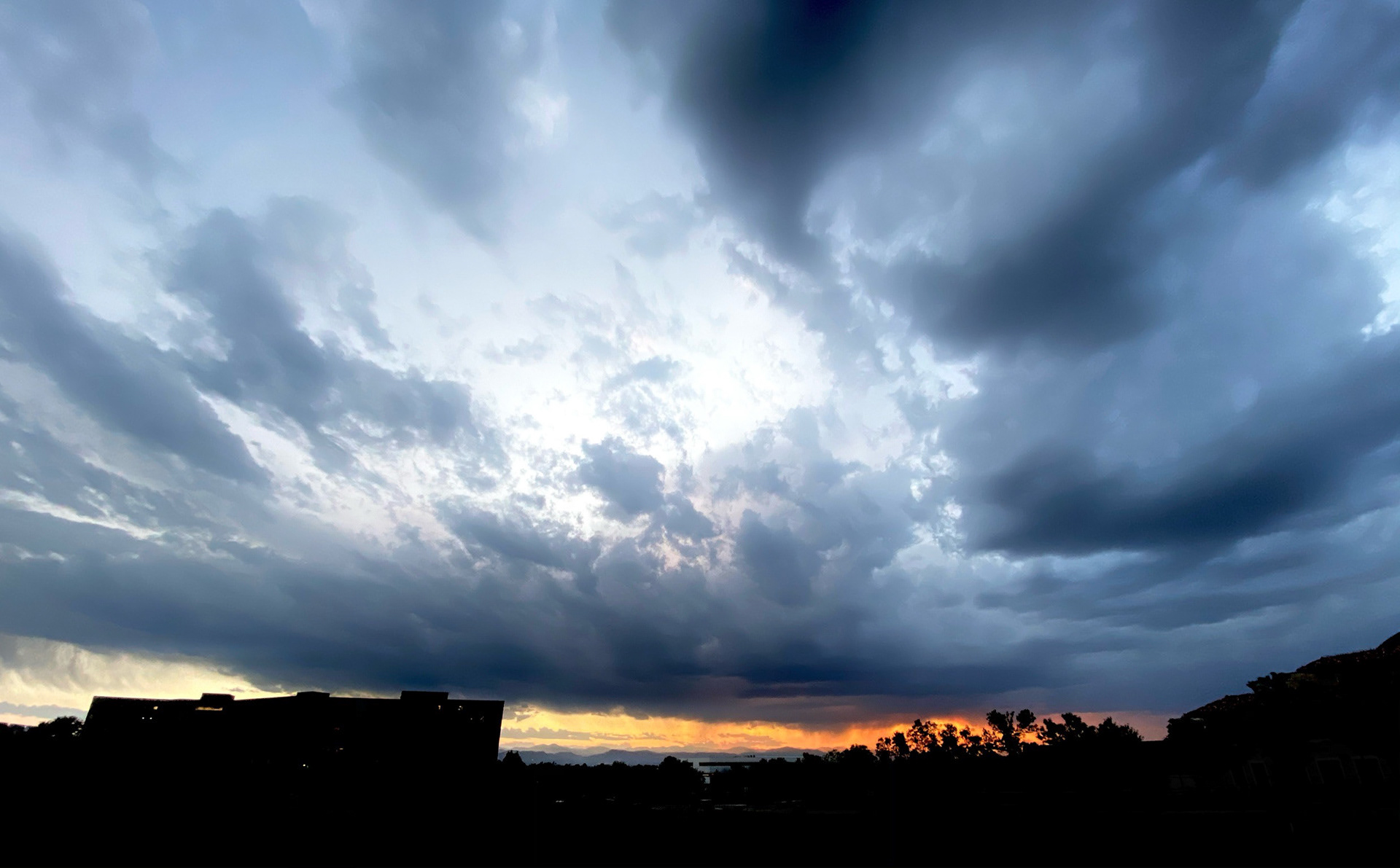
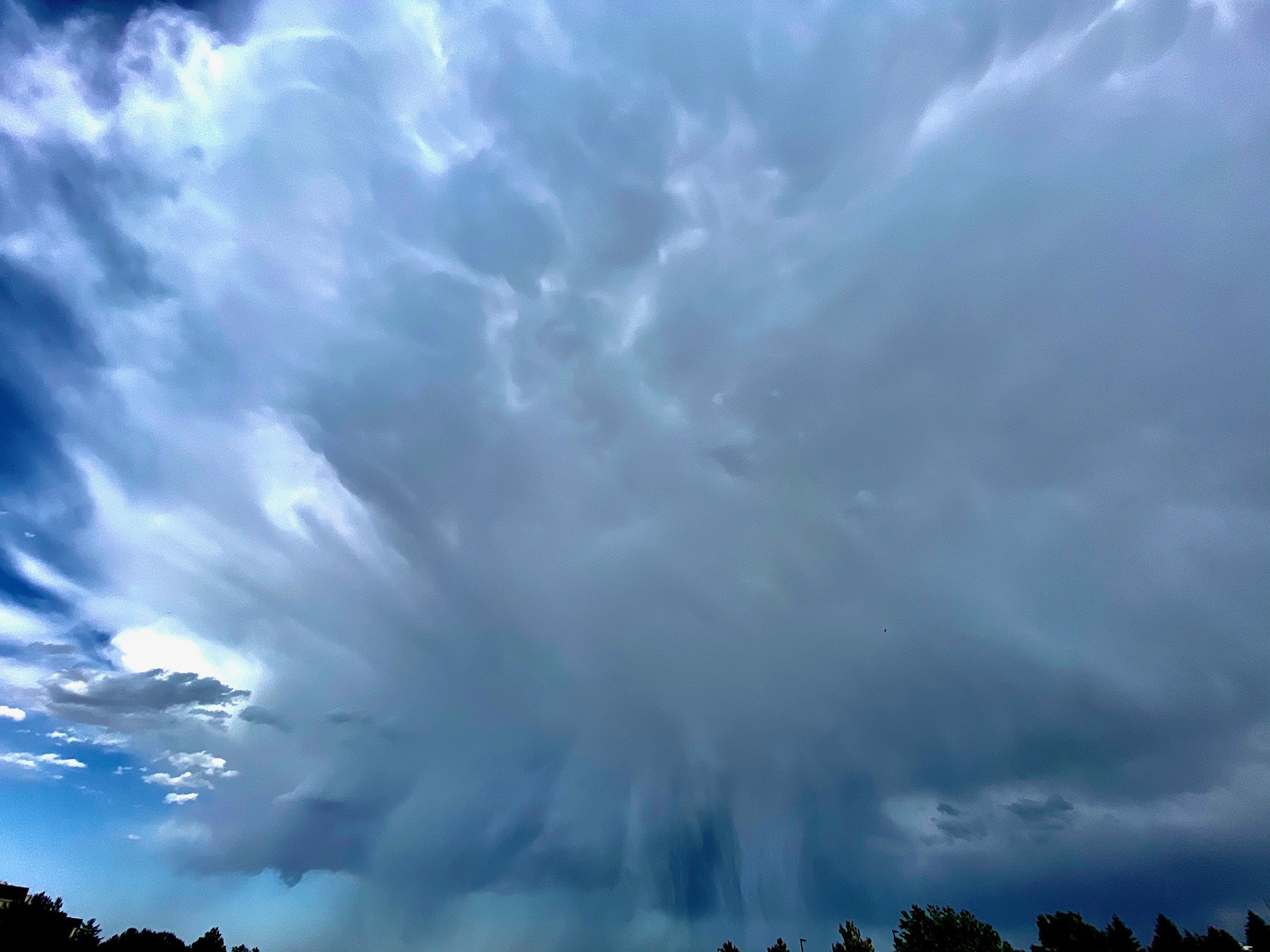
In retrospect, I think the emptiness of the world I was capturing at the beginning of the year became the actual world I was in.
All of the buildings around me that house the tech corporations were empty. All the parking lots were empty. Streets were empty. Parks were empty.
But I adopted the emptiness with abandon. The city was mine. I could roam and read and take pictures.
The only reminder of the larger world were the digital counters of those attending the livestream services and the cheers that would rise from the neighborhood every evening.
But these tranquil excursions hit a small bump: I started to fight with my phone.
I know it's normal for a relationship to hit a rough patch after a certain period. And I still staunchly believed my phone took perfectly adequate pictures. But at times, I'd go to grab the image I saw in my head and just couldn't get the phone to do it.
Then the church gave me a bonus for working so many hours during Covid and I used the extra cash to buy a new computer. Seeing my phone images on a large, high-resolution screen, the pixilated, low quality was obvious and disheartening. My phone wasn't cutting it.
That was awkward because I liked our simple, working relationship. Plus, I had a plan: one year with the phone before thinking about a bigger camera.
I knew I had to do something. But I also knew what I didn't want: I didn't want to become like so many of the photographers I saw online.
Trustable Voices
Shooting with my phone had been part financial necessity and part a raised fist against the gear lust I'd seen in so many (especially and mostly the men) in the industry.
So when I turned to YouTube hoping to find someone who could help me grow, I was looking for voices who were interested in making images and not just slinging gear.
And, because the internet is fantastic, I found some.
I started with Tony and Chelsey Northrop then then eventually stumbled into AdoramaTV's Ask David Bergman series. They were helpful, but I'd be blown away by Irene Rudnyk's behind the scene's videos of her portrait sessions.
Then I found Jessica Kobeissi's "Photographer Shoot the Same Model" series. That changed everything.
I still return to the video they shot in Japan. The diversity is amazing.
Jessica hosted even a video were she and another artist try to do a portrait shoot with just a toy camera,
I loved these voices. It felt like they were screaming the same punk rock, protest song I was: that there must be more to photography than gear.
I liked that independence. I liked the "not like other girls" attitude it supported. I liked that I could captures moments I loved with "just a phone" (just a $1,200 phone, but whatever).
The only problem with my superiority was that I still wasn't getting the images I wanted with the camera I had. If I wanted to see great photos on anything larger than I phone, I had to take them on something larger than a phone. It was time to grow up.
Thank God for Mike Browne
Browne is a photographer, trainer and YouTuber. His exasperated plea to stop asking about settings and equipment and just "shoot pictures" was an avuncular chide I adored.
And his explanation of focal length blew my mind.
Watching his examples and listening to his instruction, I finally felt like I understood enough to reach for the gear that had so long frustrated and threatened me.
I picked up a 7-year-old DSLR for $400 and the cheapest used kit lens I could find ($33.32 plus shipping). A month later, I added a telephoto zoom kit lens and a prime for around $250 total.
It was certainly not a lot by any standard, but it was enough for me.
Life on a Bigger Sensor
My first goal was to freeze motion. I had made so many attempts with my phone to freeze water and just couldn't get the results I wanted. Until now.
A larger aperture meant I could finally get the bokeh I'd heard so much about.
And a longer lens meant I could get new textures.
Now, as anyone even faintly connected to digital photography knows, image capture is one thing, but the work is actually in image processing. So yes, I ended up in Adobe Lightroom along with everyone else.
Thankfully, having done so much on-the-fly crop and correction with my phone, transitioning to a bigger tool set was relatively easy —tools that allowed me to keep working in black and white.
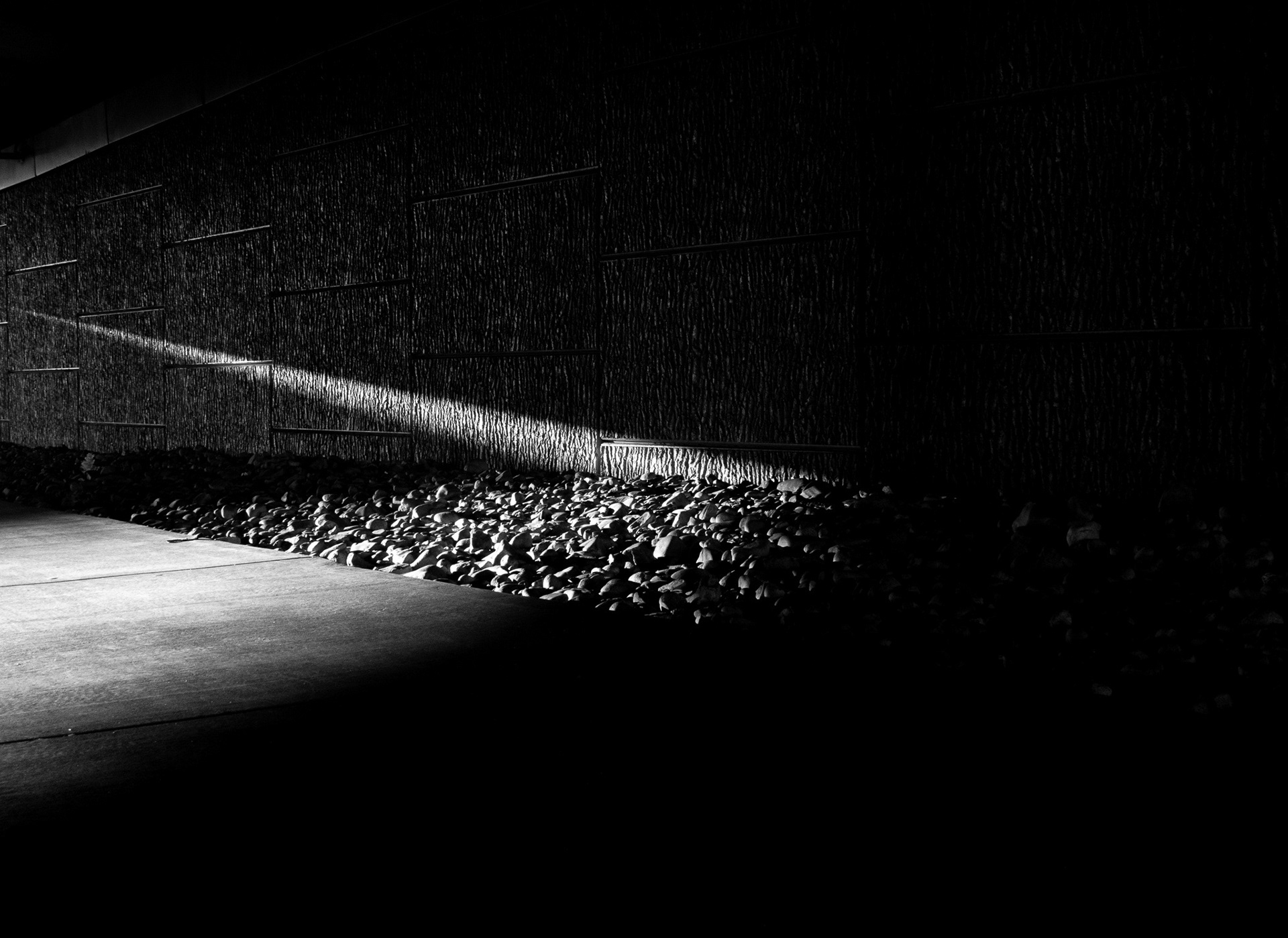
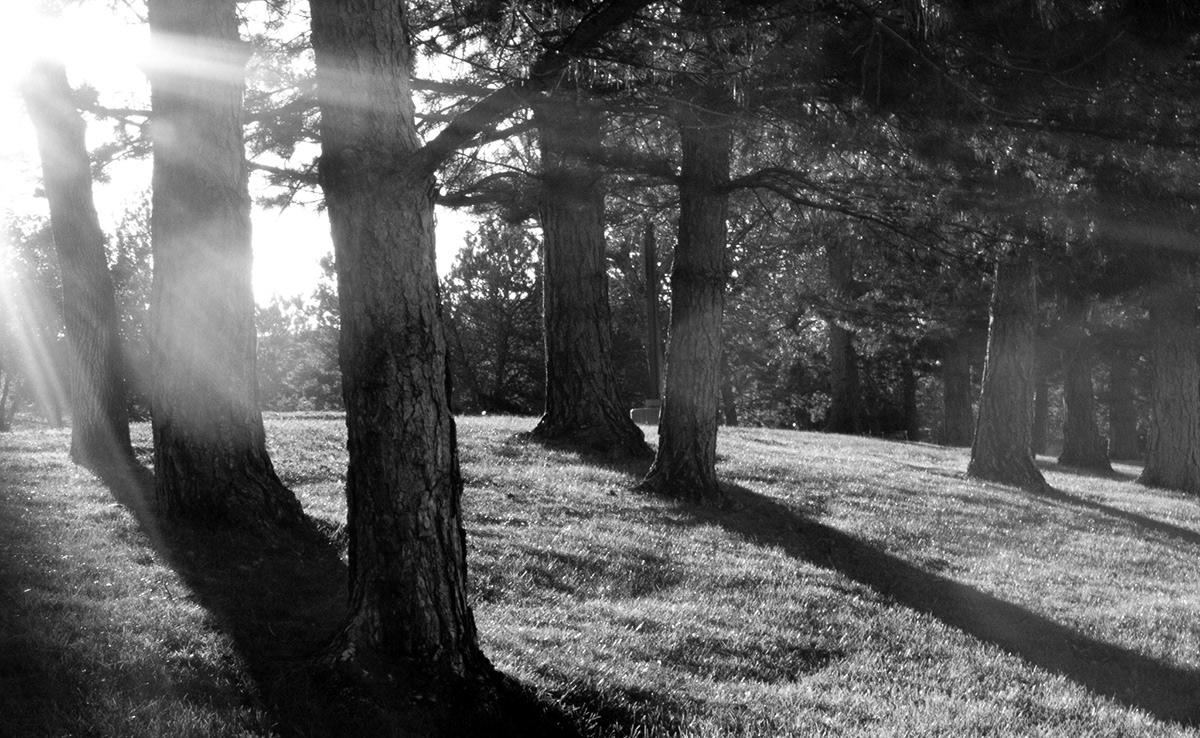
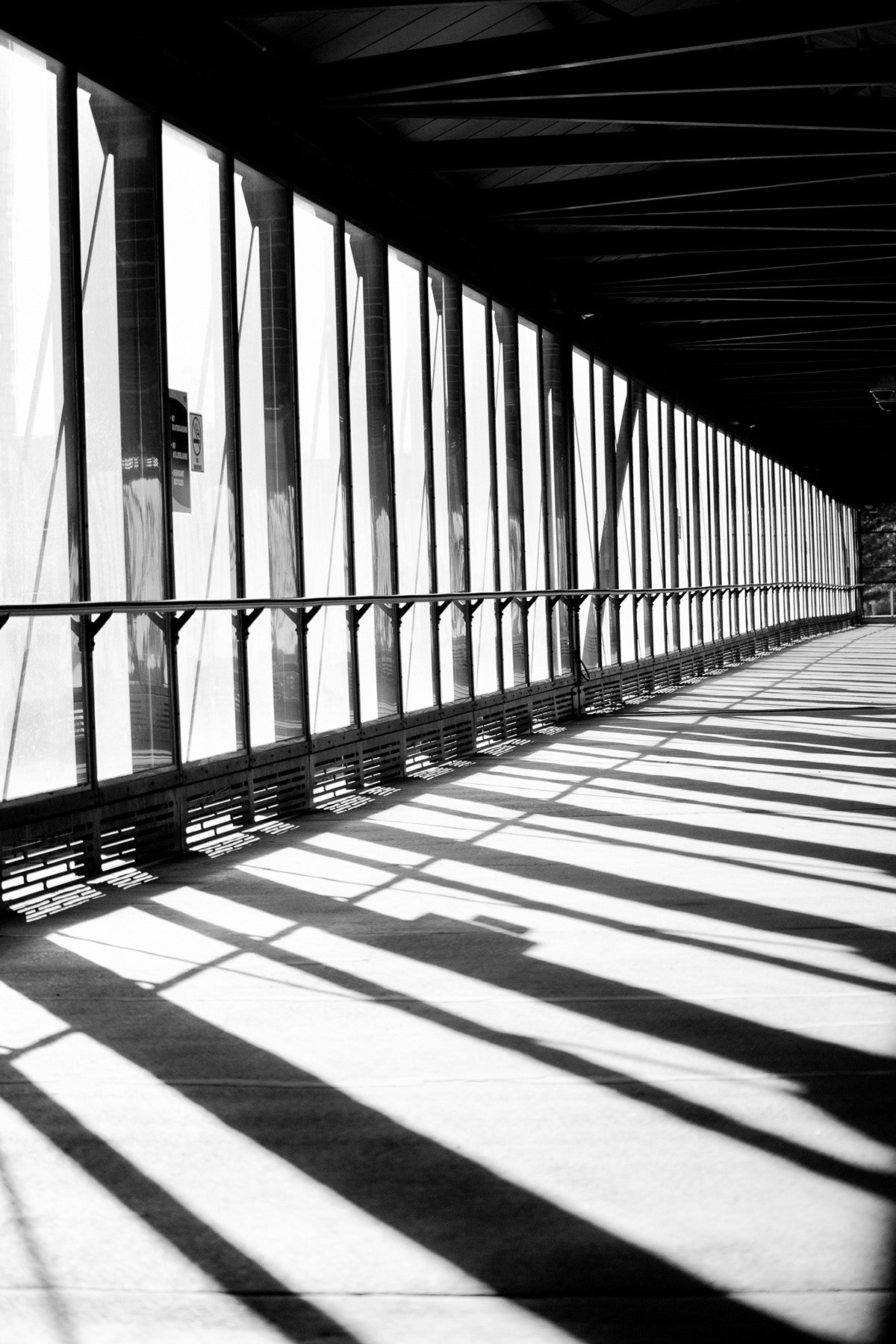
It was an adjustment, to be sure. And after a year of masking, I was excited to return to my Portland family and try to capture the faces I knew so well.